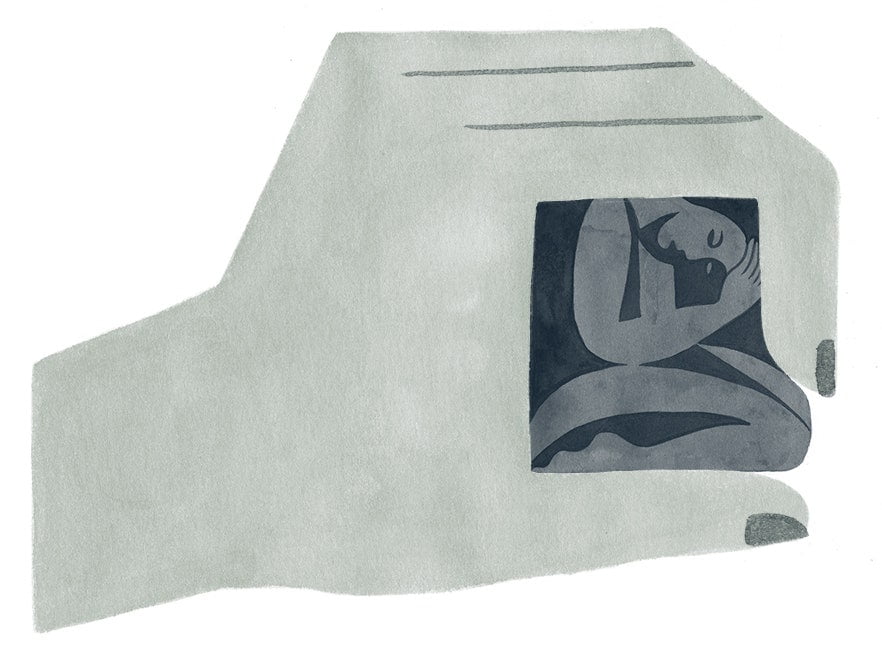Globally, 137 women are murdered every day by a partner or family member and 38% of these murders are committed by an intimate male partner. While these numbers are staggering, the conviction rate is even worse. In India, in 2019 alone, 286 women were murdered. Women in this country face violence every day and they are often failed by their communities, law enforcement, and the judicial system.
A young woman was recently killed in Delhi by her husband, in full public view, allegedly because she refused to leave her job at Safdarjung hospital. The woman was stabbed multiple times by her husband Harish Mehta, as passers-by looked on and didn’t attempt to intervene. According to the DCP, the man wanted his wife to quit her job at the hospital and stay home, but upon her refusal, he murdered her.
According to the NCRB, crimes against women saw an 83 per cent increase, while conviction rates hit a 10-year low.
Normalised misogyny, along with cultural practices such as dowry, play a significant role in the perpetration of such horrific abuses and violence against women. According to the International Growth Centre, in India, 26 per cent of women have faced some sort of violence in the past 12 months and a staggering 82.2 per cent of married women report that their husbands have committed some form of violence against them. At least one woman died per hour in India due to dowry-related killings. Further, in the past few years, things seem to be even worse. According to the NCRB, crimes against women saw an 83 per cent increase, while conviction rates hit a 10-year low.
Also read: Beyond Barricades: Police Violence Against Women In Jamia Protests
The Covid-19 pandemic has further exacerbated the problem of violence against women. In 2020, crimes against women in India rose by 7 per cent. By May 2020, two months into the lockdown, domestic violence complaints rose by 131%, and this is without taking into account the many cases that go unreported.
A mix of socio-cultural apathy and lack of adequate legal protections and framework lies at the core of the issue. Our regressive and patriarchal social attitudes lead to the under-reporting of gender-based violence and discourage effective community intervention; further, the lack of legal framework, combined with law enforcement inefficiency, makes reporting an uphill, and often futile, task.
Uttar Pradesh has now decided to use AI cameras to surveil women and read facial expressions of ‘distress’ to alert local law enforcement. This has raised concerns of police overreach, harassment at the hands of law enforcement agents, data privacy, and a disturbing and invasive trend of surveillance that has the potential to be misused.
At a time like this, and given the appalling figures of gendered violence against women in India, the government must focus on legal and law enforcement reforms and social interventions for better outcomes, but instead of taking coherent and actionable policy decisions, they instead are turning to invasive surveillance, claiming it is preventive intervention. Uttar Pradesh has now decided to use AI cameras to surveil women and read facial expressions of ‘distress’ to alert local law enforcement. This has raised concerns of police overreach, harassment at the hands of law enforcement agents, data privacy, and a disturbing and invasive trend of surveillance that has the potential to be misused.
Also read: ‘Smile! UP Police Is Watching’: On Distress, Surveillance And Emotion Mapping
Further, the media’s coverage of the Delhi murder has been deplorable. Distressing videos and images of the stabbing were widely shared by media outlets. The right-wing media outlet, The Tatva, was the first to share videos of the murder and pictures of the victim after the stabbing, initially without trigger warnings. At the time of publishing this article, their Instagram page still has all the videos and photos of the victim and the murderer. Media coverage of violence against women has long been abysmal, with disrespectful and insensitive coverage in order to sensationalise being the norm. Ethical reportage of gender-based violence is crucial, but it continues to be largely absent from mainstream media.
A country with a conscience cannot turn a blind eye to the rampant and pervasive violence against women. Systems and institutions which we claim exist for the benefit of the masses, rarely do right by women. Violence against women isn’t an issue of isolated incidents occurring from time to time, it’s thematic and ubiquitous, and solutions aren’t easy or quick, but the answers we are trying to find certainly aren’t over-policing or AI cameras.
Also read: How Can The Media Report Violence Against Women More Sensitively?
A re-examining of social attitudes and mainstream narratives is essential as a starting point, a country’s social attitudes inform institutional approaches, and as long as we as a people and country will fail women and inadequately address concerns of gendered violence, our institutions will do so too. A country that stands by and watches a young woman be killed in the street for exercising her agency is, indeed, no country for women.
Featured Image Source: The New Yorker
About the author(s)




